Resignation Letter Template for New Job Opportunity
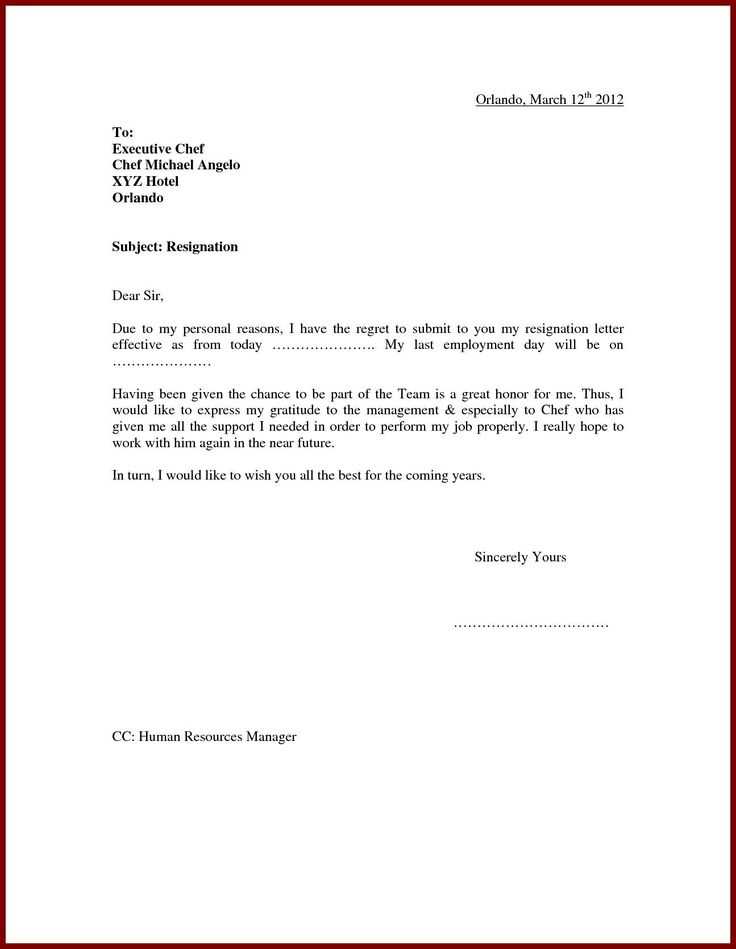
Leaving a position for a fresh professional challenge can be an exciting transition. It is important to part ways with your current employer in a respectful manner, ensuring a smooth process for both parties involved. This guide provides a structured approach to drafting a formal communication when you decide to move on to a new chapter in your career.
Essential Elements of a Formal Departure Notice
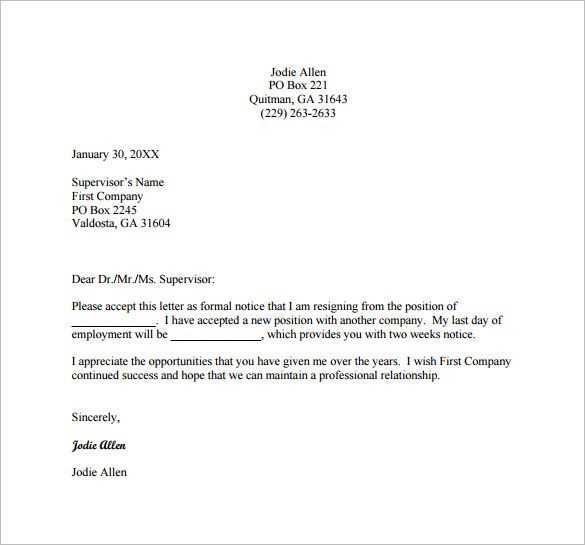
Your notification should be concise yet courteous. Make sure to include the following key aspects:
- Gratitude: Acknowledge the experience and opportunities you had while in the role.
- Reason for leaving: Briefly state the purpose for your decision, without going into excessive detail.
- Notice Period: Clearly specify your intended final working day, adhering to any contractual obligations.
- Offer to Assist with Transition: Show your willingness to help with the handover of your responsibilities.
Crafting a Respectful and Professional Message
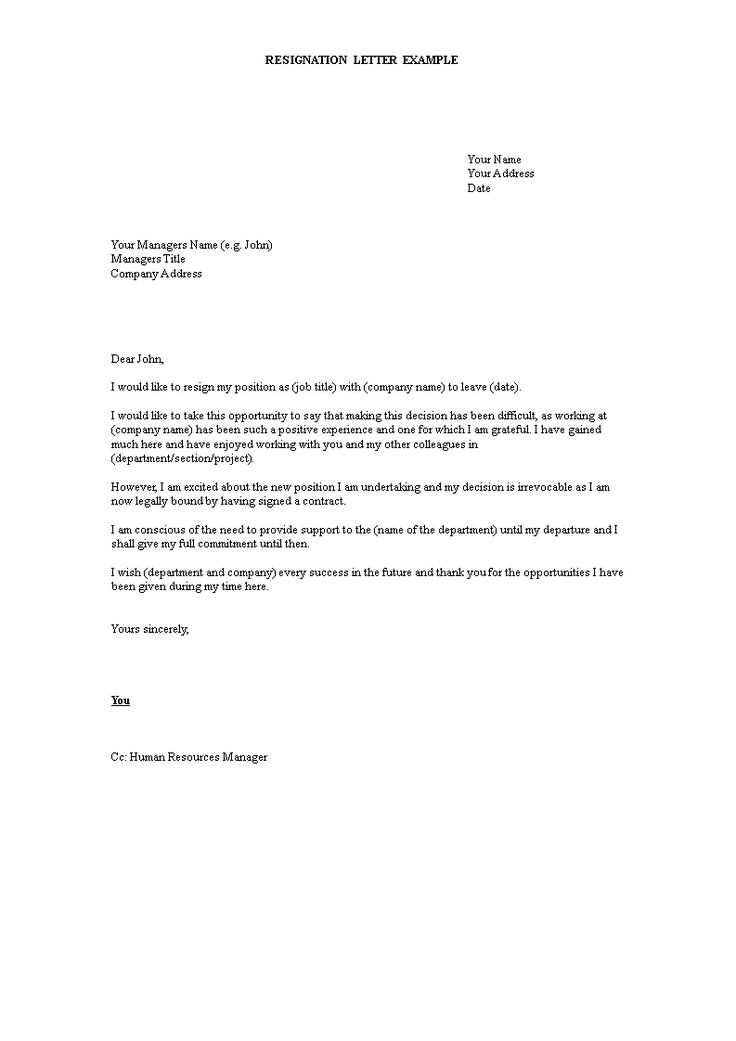
It is crucial that your message reflects professionalism. Keep it positive and avoid negative comments about the company, management, or colleagues. Focus on the future while expressing your appreciation for the past.
Timing and Delivery
Deliver your resignation well in advance, allowing your employer to make necessary arrangements. It’s best to submit the formal communication in writing, but also consider a face-to-face conversation to ensure a personal touch.
Final Thoughts
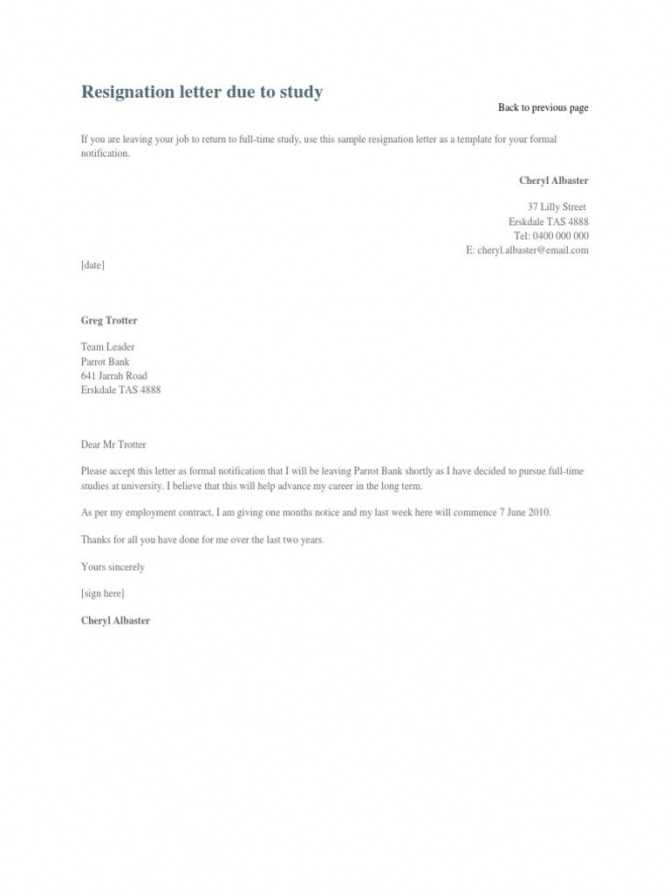
By maintaining professionalism, you ensure that you leave on good terms and preserve valuable connections for future opportunities. A respectful transition also helps you maintain a positive reputation in your industry.
How to Write a Professional Departure Notification
Making the decision to leave your current position for a different professional path requires careful thought and a well-crafted message to your employer. To ensure a smooth and respectful transition, it is important to approach the situation with clarity and professionalism. This section covers essential steps and tips on how to inform your employer of your departure in the most courteous and effective way.
Key Components of a Formal Notice
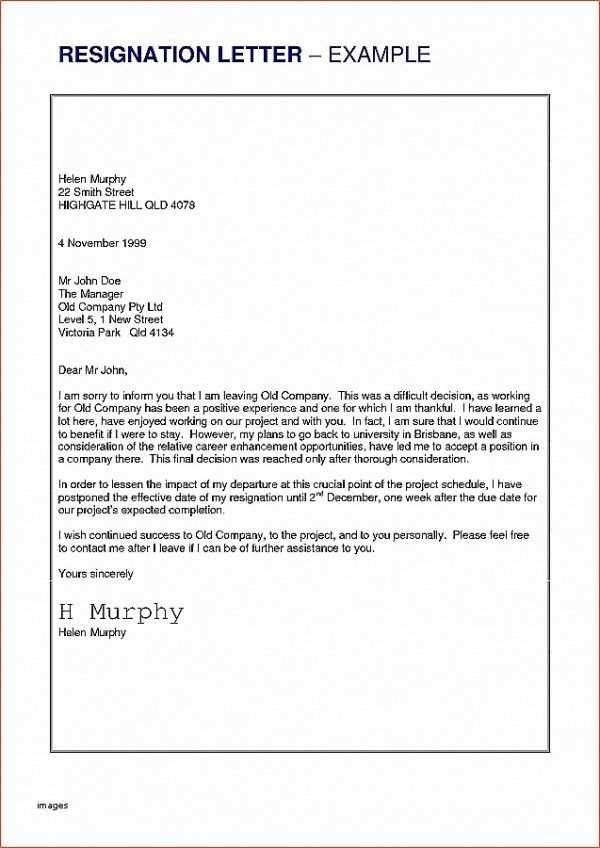
A clear and well-structured message is vital to communicate your decision. Start by expressing gratitude for the experiences and opportunities you’ve had, followed by a brief explanation of your departure. Clearly state your final day of work, adhering to any notice period outlined in your contract. It’s also helpful to offer assistance during the transition to ensure a seamless handover of responsibilities.
Best Practices for Transition Notifications
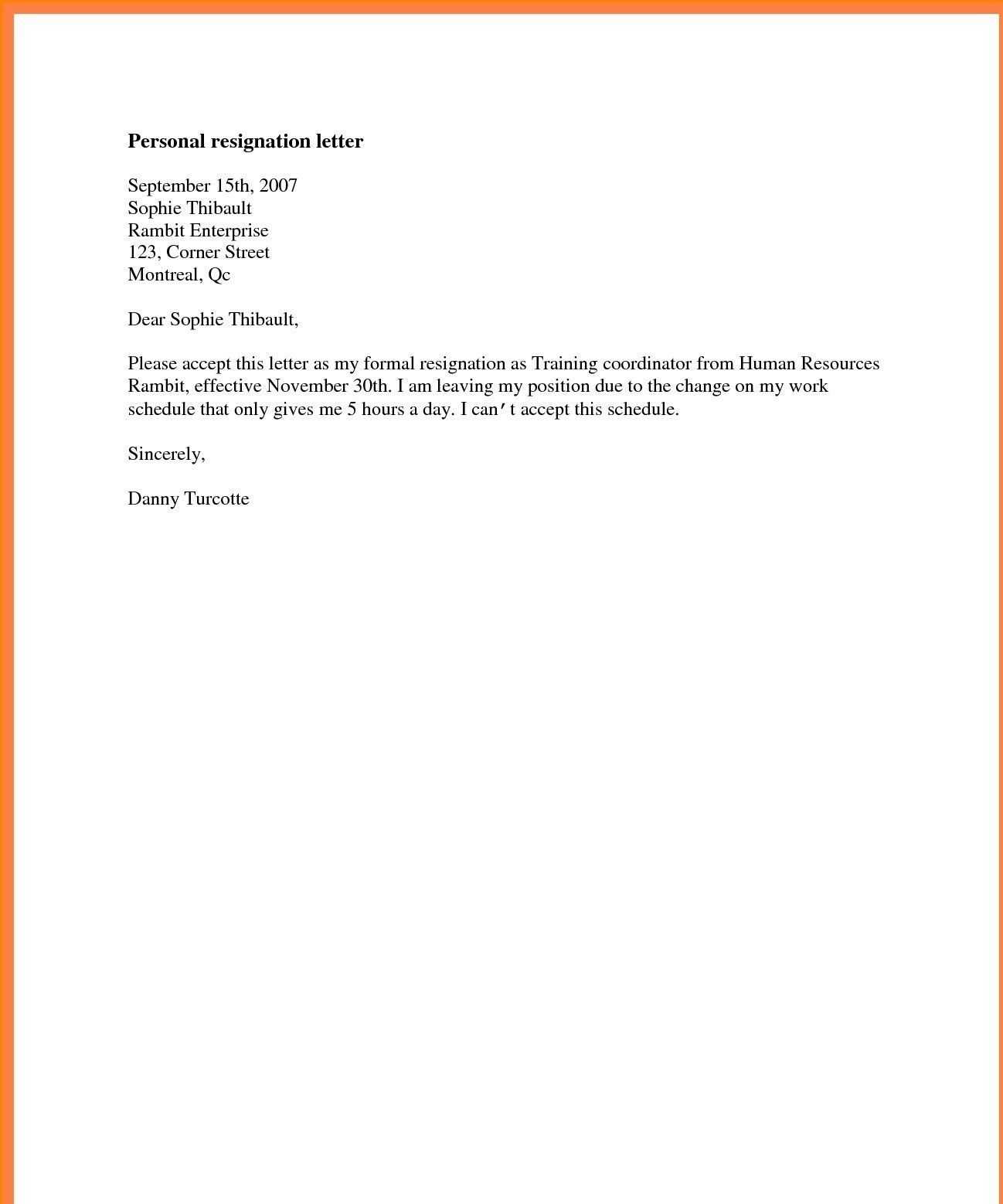
Be mindful of the timing when delivering your departure message. It is ideal to notify your employer as early as possible to give them enough time to make necessary arrangements. While written communication is essential, having a face-to-face discussion first shows respect and professionalism. Keep the tone positive, focusing on your future plans without dwelling on negative aspects of your current position.
Timing plays a crucial role in how your departure is received. Providing sufficient notice helps maintain a positive relationship and allows both you and your employer to manage the transition effectively.